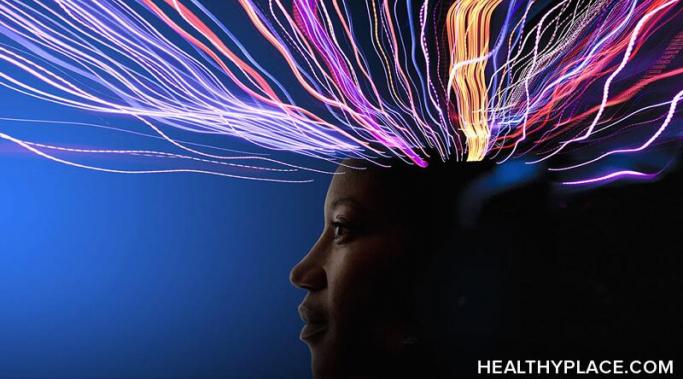A critical aspect of living with dissociative identity disorder (DID) and all your moving parts is having multiple personalities to manage on a regular basis. These personalities often vary in age and appearance, and they typically have traits that make them unique in the eye of the individual living with DID. Taking care of parts is essential to managing DID on a daily basis, but what happens when their needs are not met?
DID Symptoms
One of the most fear-inducing symptoms of dissociative identity disorder (DID) is dissociative amnesia. When the mind is elsewhere and split off from the conscious body, it can be easy to lose track of everything from time to conversations with other people. It took me years before I understood this commonly overlooked symptom of DID, and just as long to gain control over it and my everyday life.
The amount of trauma that each person with dissociative identity disorder (DID) has undergone varies, but the end result is the same. Having DID means needing to live with the possibility of being triggered on a frequent basis, but what does this mean? What does it look like when a person with DID is triggered?
There is nothing worse than thinking you're going to get a good night's rest, only to find yourself tossing and turning for hours until your alarm goes off. A poor night’s sleep can impact the following day, leading to a loss in productivity and low energy levels across the board. When you have a mental health condition such as dissociative identity disorder (DID), these types of nights are common, but they don’t have to have a lasting negative impact on your overall quality of life.
"What do your alters look like?" is but one question I receive from people who do not live with dissociative identity disorder (DID). It's because one of the most fascinating parts of DID to people who don’t live with it is the concept of alters. Under the internal family system (IFS) theory, we all have parts of our personality that make us tick. While we may have one part that wants to eat a slice of cake, we might have another part that tells us to skip the empty calories. This isn’t so far from what people with DID experience, but on a more extreme basis. People living with DID may have dozens of parts to juggle regularly, which may make it slightly more challenging compared to the average person.
Growing up, meditation was something I was completely unfamiliar with, and never openly talked about by the adults in my life. It wasn’t until I was diagnosed with dissociative identity disorder (DID) that I learned the importance of meditation in every sense of the word.
A critical aspect of dissociative identity disorder (DID) is the parts, or personalities (including young personalities), that are within the headspace of the individual with the condition. It took me years before I was finally able to identify my own parts, converse with them, and create a healthier place in my mind for them to exist, especially when I have been experiencing suicidal ideation. That being said, it isn’t impossible, even when it may feel like it while dealing with younger parts. (Note: This post contains a trigger warning.)
Can a pet relieve the depression and anxiety of dissociative identity disorder (DID)? Let's imagine this: picture yourself in the middle of a panic attack. Your heart is racing, your mind is juggling a million thoughts, and no one can calm you down. Then, you reach for something soft, cuddly, and receptive to your need for comfort. This is what it feels like to turn to a pet for the anxiety and depression associated with DID.
How do you know what dissociation feels like? Dissociative identity disorder (DID) comes with a wide range of symptoms, one of which is dissociation, but how do you know you aren’t just daydreaming? This is something that many people misunderstand when it comes to DID, and it can be the difference between receiving a DID diagnosis and continuing on with life without treatment.
Living with dissociative identity disorder (DID) means you need as many tools as you can find to remain grounded and stable. This can be difficult when you are trying to balance a routine made up of work, family and friends. However, I’ve been able to find solace in an unusual place: my iPhone.









